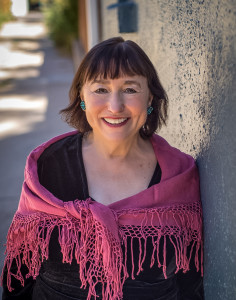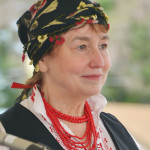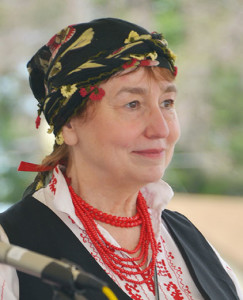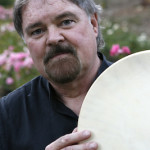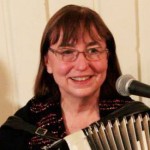

Julie Lancaster (Tadd Truscott)
This new format for the EEFC’s newsletter is the culmination of bright ideas and diligent work from many collaborators over the last few months. We hope you will enjoy it and be inspired to contribute articles and photos for future issues.
Behind the New Format
From 1994 to 2007, the EEFC’s newsletter was printed in black and white and mailed to readers. In 2007, to save money, the publication became an online PDF. Although Kef Times was now in glorious color, readership went down. And—also for budget reasons—the twice-a-year schedule was changed to one issue per year, if at all (in 2012, no issue was funded).
We’ve been wanting to find a way to make the newsletter more accessible to readers while still presenting great photos and meaningful content with high editorial standards. Late in 2013, EEFC Executive Director Jay House and Board Member Elena Erber approached me with the idea of turning Kef Times into an online publication with a blog-like format. As we discussed possible approaches and brought other folks into the discussion, it was clear we were attempting to (in the non-PC words of my accordion teacher, Boris) “shoot many rabbits with one bullet”:
- increase the frequency and deepen the EEFC’s contact with its community
- present more of the EEFC’s amazing knowledge base
- make content easy to find by topic and more easily accessible by people who aren’t yet part of our community
- make content easily sharable within and beyond our community
- help EEFC live up to the Board’s stated goal of EEFC being “the source” for Balkan music and dance topics
- stretch the existing marketing budget by standardizing the newsletter’s design and involving more volunteer contributors so that we could publish more frequently
For many years, Kef Times’ production team has been paid (at a sharply discounted rate), and other contributors—dozens of them, over the years—have volunteered their efforts. Getting this new format off the ground has taken countless hours of additional unpaid work on the part of the current production team (Dan Auvil, Rachel MacFarlane and me) as well as Elena, Jay, Demetri Tashie and Matthew Fass. (Thanks, everyone.)
New Sections
I’m happy to announce we have some new volunteer section editors—Bill Cope for Balkan Songs, Rachel MacFarlane for Balkan Bites (food), and Wendi Kiss for Eastern European Threads (costumes and textiles). Each of these sections will start with our next issue, which is scheduled for September (submission deadline August 1); not every section will appear in every issue. If you have something to contribute for one of these sections, please contact the section editor directly; note that we can’t guarantee to run everything we receive.
I’m also looking to engage a volunteer section editor for another new area, In the Hood, which will cover EEFC-inspired music scenes or events in cities across the US and Canada (or, for that matter, anywhere)—specifically, how folks have organized Balkan music events or series in their neck of the woods. If you’d like to be that editor, contact me.
Reviving Old Content
Over the past 20 years the EEFC’s newsletter has accumulated an impressive collection of articles that reflect our community and the music and dance we love. You can still access complete past issues of Kef Times (see the archive sidebar on the lefthand side of this page), but we’re working on making as much of the old newsletter content as possible available and searchable on the new KT website. In most cases, this means extracting text and graphics from PDFs and uploading them to a WordPress page. If you are good at that kind of thing and interested in helping, please contact Rachel.
We’re all excited about the new approach and hope you like it. If you do, please let us know. Better yet, please contact one of our section editors or me with a story idea or article you’d like to write for a future issue!
Enjoy,
Julie Lancaster
KT Editor
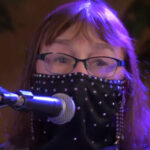
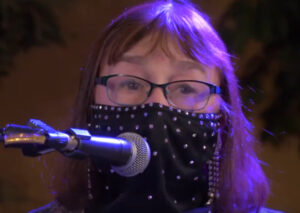 As none of you need to be reminded, it’s been a weird time.
As none of you need to be reminded, it’s been a weird time.
 This summer’s camps are fast approaching and I’m so pleased that my sweetie Jim and I will be attending one of them (Mendocino), after a few years away.
This summer’s camps are fast approaching and I’m so pleased that my sweetie Jim and I will be attending one of them (Mendocino), after a few years away.
